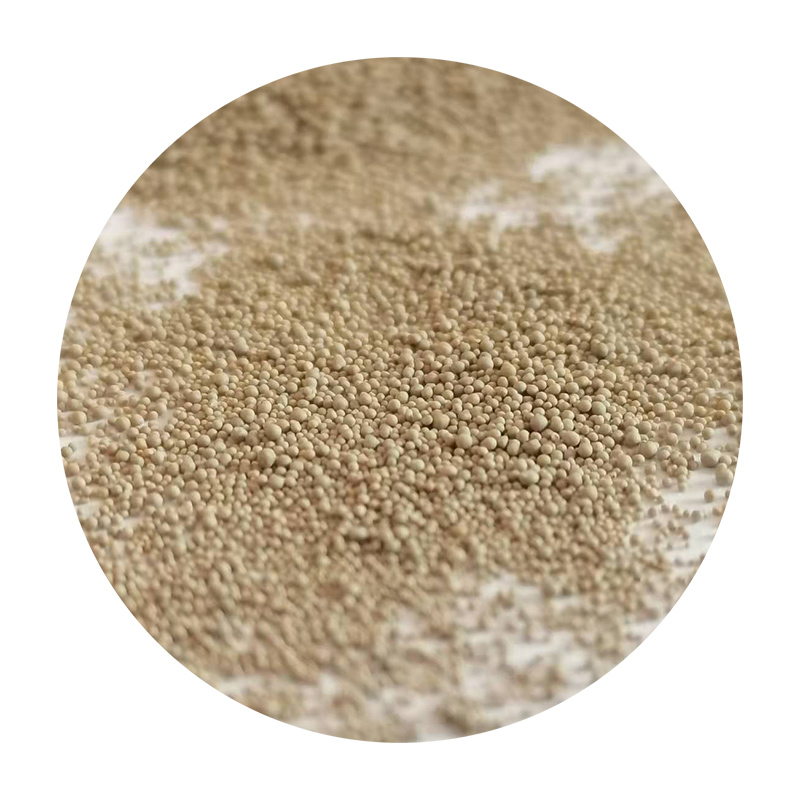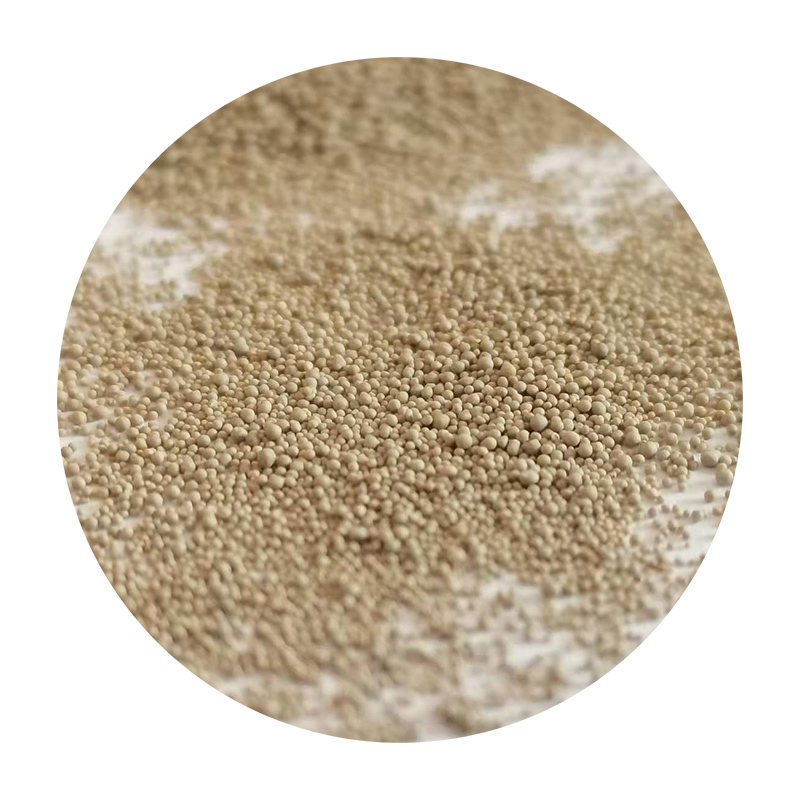

The cooling phase, too, demands a sophisticated understanding of metallurgical properties. Solidification must be uniform to prevent stress concentrations and ensure structural integrity. Experts employ techniques like controlled cooling and post-process heat treatments to refine grain structures and enhance mechanical properties, thus reinforcing their trustworthiness in delivering superior products. Post-casting processes involve removing the casting from the mold, followed by cleaning, grinding, and inspection. Here, the deployment of state-of-the-art technology, such as X-ray inspection and computer-aided simulations, plays a pivotal role in detecting internal flaws and ensuring adherence to stringent quality standards. The inclusion of these contemporary practices not only elevates the expertise embedded within the sand casting technique but also fortifies its position as a reliable manufacturing method. By integrating traditional knowledge with technological advancements, the sand casting technique continues to sustain its relevance in a rapidly evolving manufacturing landscape. Its ability to adapt to modern demands while preserving the art of casting stands as a testament to its enduring effectiveness. As a result, sand casting remains a cornerstone of industrial applications, offering both historical richness and contemporary innovation. The continued study and refinement of sand casting techniques underscore an unwavering commitment to excellence, validating its authority in the industry and fostering trust amongst clients and manufacturers alike, who seek impeccably crafted metal works. Post time:Січ . 14, 2025 15:21
Next:sand casting sand types
